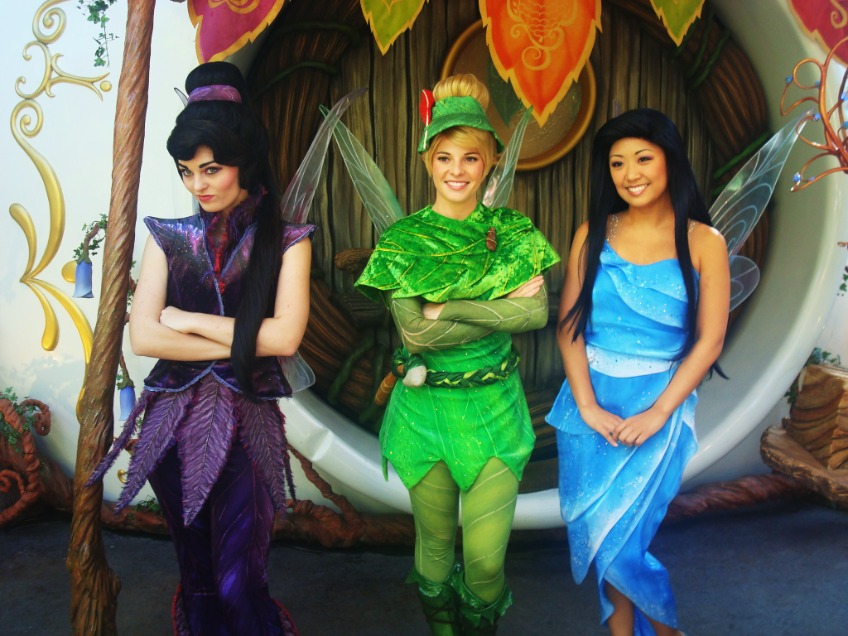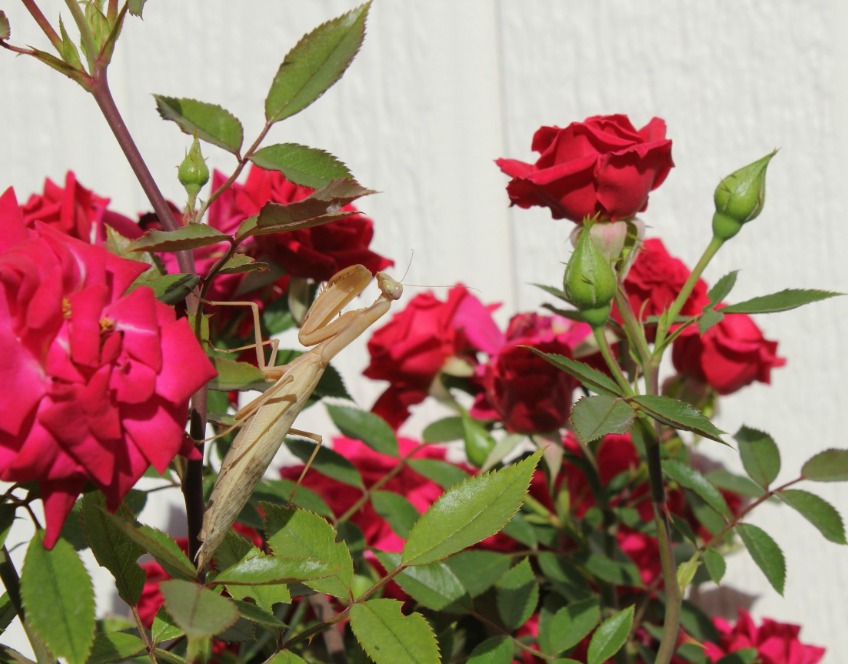Are Your Student Interviews Monotonous?
If you’ve ever felt that your student interviews are becoming monotonous, it’s time for a paradigm shift. Instead of labeling students as uninteresting, we should ask ourselves: “What could I have done differently?” Our job is to create an environment where every student can showcase their unique qualities and potential. After all, isn’t bringing out the best in children what we claim to do at our school? A Personal Journey with Clay Interviews When I first introduced clay into my interviews, I was amazed at the results. I purchased bars of clay that weren’t too rigid and gave them to students with simple instructions. Initially, I would move away from the interview table to my desk about 5 feet away, giving the students space to create. Over time, I realized that students could talk and work simultaneously while I sat at my desk, creating a natural, relaxed atmosphere. A bonus was that some of the projects were outstanding and many revealed fascinating aspects of the students’ personalities. One student crafted a lightbulb that, when flipped upside down, transformed into an elephant. The lightbulb represented her strength in coming up with ideas and the elephant represented her strong memory.. This clever design spoke volumes about her creativity.. Another memorable moment was when a student created a guitar. As we began discussing her outreach work and working with people, she unconsciously reshaped the guitar into a dove, symbolizing her commitment to peace and community service. These moments of creativity provided insights that traditional question-and-answer sessions could never match. Interestingly, the clay didn’t just engage the students – it also revealed dynamics within families. I noticed that parents sometimes couldn’t resist playing with the clay themselves. In one particularly telling instance, a parent began unconsciously reshaping their child’s project during our conversation. This small action may have spoken volumes about family dynamics and parental involvement. Contrary to my colleague’s skepticism, the clay technique worked wonderfully even with post-graduate boys. It seemed to break down barriers and allow for more open, genuine conversations. The tactile nature of the clay appeared to put students at ease, making the interview feel less formal and more collaborative. Other Ideas to Enhance Your Interviews While the clay technique can be a powerful tool, here are some additional ideas to make your interviews more engaging: The Personal Object Story: Ask students to bring an object that’s meaningful to them and share its story.Or have them think of a person object and share its story. Two Truths and a Lie: Play this classic icebreaker game to get students talking about themselves in a fun way. Hypothetical Scenarios: Present ethical dilemmas or hypothetical situations to gauge problem-solving skills and values. Reverse Roles: Allow the student to ask you questions about the school for part of the interview. Ask them to make the questions hard; they seem to like that you too want to be challenged. Visual Prompts: Use images or photographs as conversation starters. The Time Capsule Question: Ask what they would put in a time capsule to represent their generation. Collaborative Problem-Solving: Present a puzzle or brain teaser to solve together.This is one of my favorite tools. Conclusion Remember, the key to an interesting interview lies in our approach as interviewers. By implementing creative techniques like the clay method and maintaining a genuine curiosity about each student, we can transform potentially “boring” interviews into engaging, insightful conversations. This not only makes our job more enjoyable but also allows us to better fulfill our role in identifying and nurturing the full potential of each applicant. As admission professionals, let’s challenge ourselves to make every interview an opportunity for discovery – both for the student and for ourselves. After all, in the right environment, every student has an interesting story to tell. It’s our job to create that environment and listen carefully to those stories, whether they’re expressed through words, clay sculptures, or unexpected moments of creativity.
Are Your Student Interviews Monotonous? Read More »








